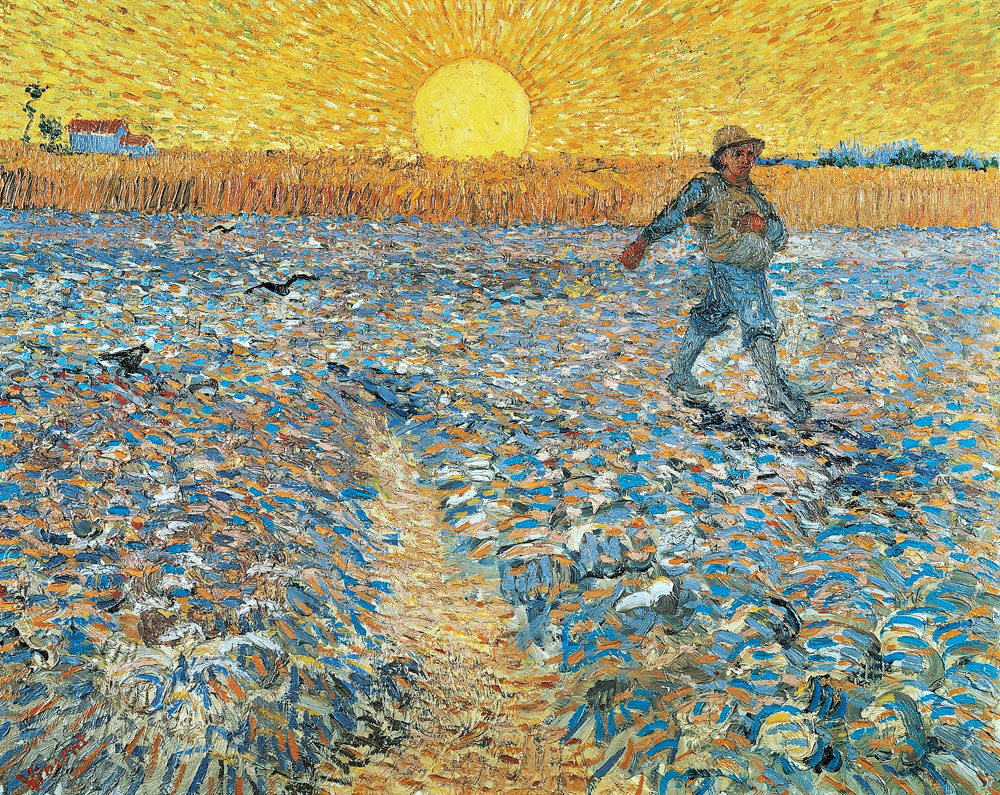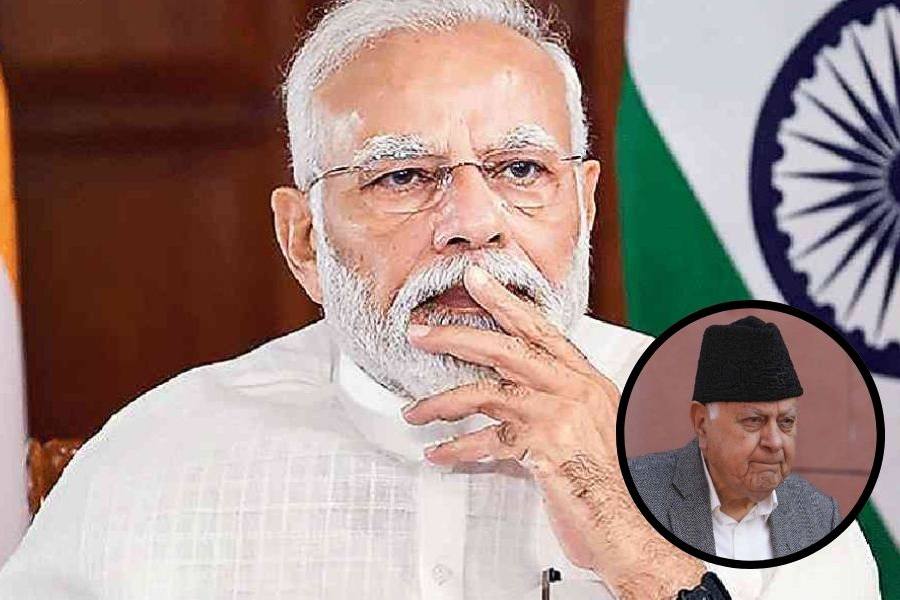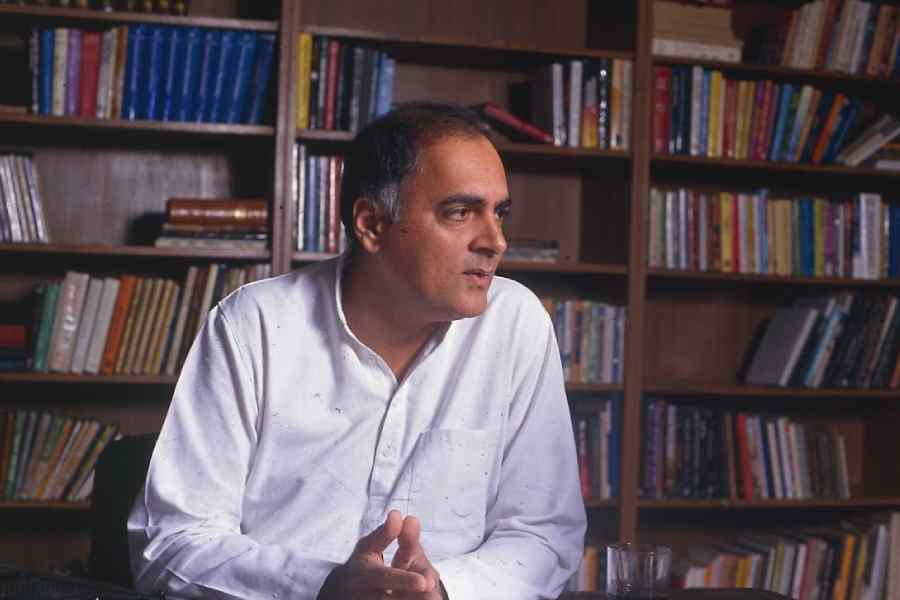History of Bangladesh: Early Bengal in Regional Perspective (Up To C. 1200 CE) Edited by Abdul Momin Chowdhury and Ranabir Chakravarti, Asiatic Society of Bangladesh, $65
At the very outset, let me congratulate the editors of these volumes -- History of Bangladesh: Early Bengal in Regional Perspective (Up To C. 1200 CE) -- for their enormous achievement. To get more than one scholar to write something is extremely difficult; and here are a full 54 of them from diverse disciplines and backgrounds — each an acknowledged authority in the respective field — contributing substantial pieces in a relatively short period. The reason for my congratulating them does not, however, stop with them winning this race: these elegantly produced volumes bring together the state-of-the-art knowledge in the archaeology and early history of the region in the eastern part of the South Asian subcontinent that goes by the name of Bengal — part of which lies in the Indian territory as the state of West Bengal, the other part being the nation state of Bangladesh.
The title of the volumes is problematic: is it a history of Bangladesh or a history of early Bengal? The subtitle, which Romila Thapar seems in her Foreword to be happier with, raises another important question regarding the “regional perspectives”. What is a region? If it is taken as part of a larger whole, then things are worse confounded. A part of India? Or the whole of Bangladesh and part of India? This can provoke the reader into interrogating the nature of the units of historical study. We leave it here.
The chapters on the historical geography and ethnography of Bengal serve as the launching pad for the history of Bengal. The discussion of archaeology — divided into several sub-sections — brings the story up-to-date with even the most recent studies. Elaborate details of 18 archaeological sites running into more than 360 pages bear testimony to this thoroughness.
The chapters (6-11) that follow give an account of the political fortunes of the different sub-regions of Bengal under various dynasties. The first two of these are related to Bengal under the Mauryas and Guptas respectively, and thereafter, we have stories of the various dynasties which ruled Bengal from within. They are elaborate in detail; some are more up-to-date than others, depending on the scholar who has written the chapter. This narrative of political history ends with about 12th century CE. Is it following the old scheme of periodisation, wilfully or inadvertently?
My reservations about treating history in compartments like political history, economic history, social history and so on, each looked upon as unconnected with the others apart, there are other problems about these chapters. Reading them, a reader may legitimately wonder about the forces which enabled the rise of these powers and caused their varying fortunes. Time was when historians used to write in detail about dynasties and indulge in scholarly debates about the identity, date and suchlike of this ruler or that in different dynasties. Political history has acquired a different meaning in recent years; but the way in which the present volume treats political history is something that would make H.C. Raychaudhuri and his ilk proud. The last of these chapters, to be sure, is on “state formation and polity”. If you went to it with questions like what were the features of pre-state Bengal, or what were the factors which brought about a transition from a pre-state situation to a state society there, or what were the stages in the process of transition, and so on, you would be disappointed. The section on the 600 BCE-300 CE phase does not show what attracted the Mauryas to Bengal; nor does the following section related to the Guptas (c. 300-600 CE) fare better in spite of more copious evidence which helps answer questions with greater confidence. For instance, what can we make of the evidence related to village-level nodes of power in the Gupta inscriptions? What we have, instead, is chewing the same old cud of “administrative system”. So also, section IV of this chapter speaks about “State formation” in the title; but there is no discussion of the process of state formation in the body, except a summary of the now stale Indian feudalism/integrative polity debate without in any way trying to link it to the experience in Bengal.
The second volume is concerned with society, economy and culture. This is richer in terms of analysis and more advanced in historiographical terms than the first volume. However, the treatment as if economy, society, culture and so on were unrelated to one another vitiates the rich contents. In spite of this compartmentalised approach, there are a few entries with a cutting edge: I have the pieces by Suchandra Ghosh, Ryosuke Furui, Susmita Basu Majumdar, Kunal Chakrabarti and a couple of others in mind. Even then, the question raises itself: can art, literature, sculpture and so on be understood except in relation to their social milieu? One wishes the authors/editors had given some thought to this.
After reading this extremely rich book on the early history of Bengal, with chapters on the development of the Bangla script and early literary texts such as the Caryapada, one is left wondering about a significant question which such a history should have addressed. What were the factors behind the emergence of the identity of Bengal? Closely related would be a question about the origin and development of the Bengali language. Much of the discussion in Indian historiography in recent years centres on the questions of regional identity and regional languages. For, unlike many other “regions” of the South Asian subcontinent, Bengal has a distinct identity and a clear consciousness of it. If a history of Bengal, concerned with the formative years of this identity and consciousness, cannot answer questions about them, there is something to be desired about that history. A few maps, showing the different sub-regions such as Gauda, Radha, Pundra, Smatata, Varendra, would have helped in this.
One also wishes the editors were more careful about the presentation: copy-editing, proof-reading, the use of diacritical marks, cry out for greater attention. And when it is from such a respectable institution like the Asiatic Society, the pain is deeper.











